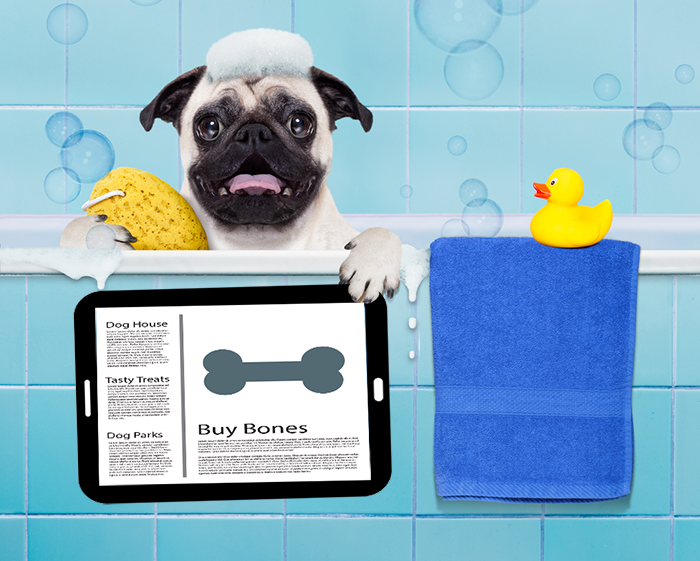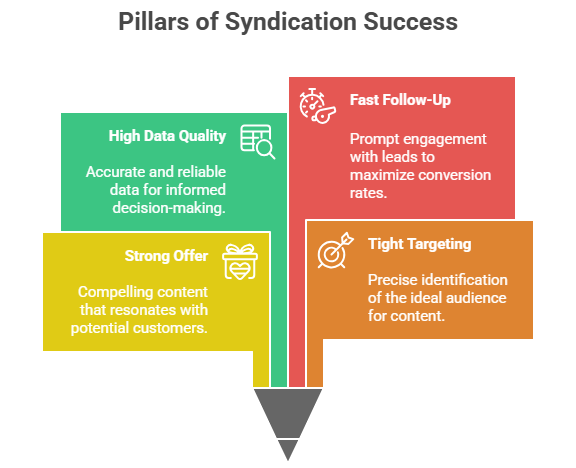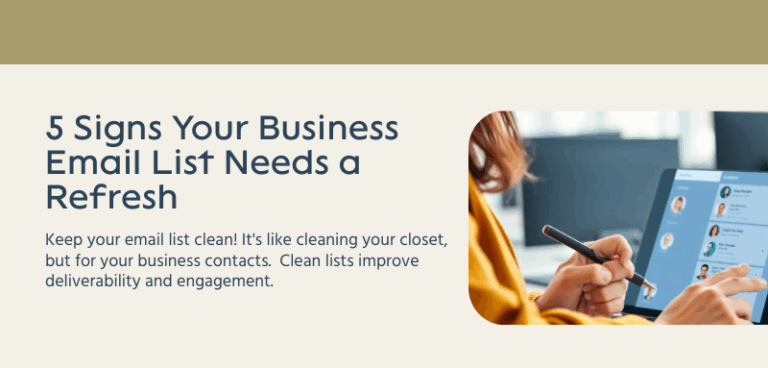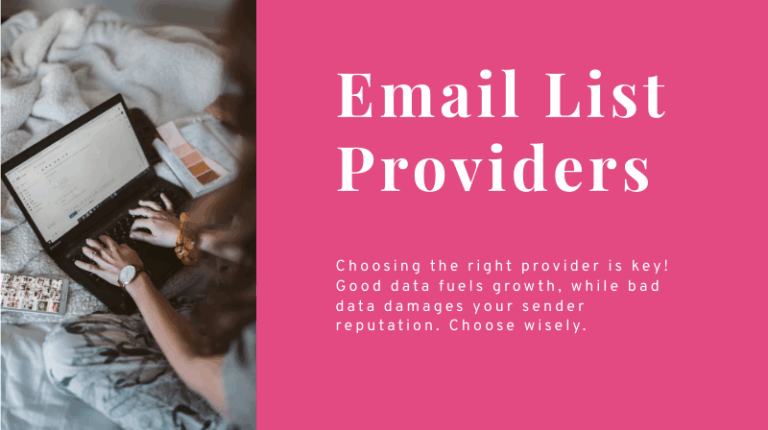
Data governance and housekeeping aren’t the sexiest subjects in email marketing, but they’re two of the most important. Undeliverable email messages aren’t just a lost opportunity; they’re an added expense. Email delivery rates fell 11 percent in 2015, according to a report from Return Path (PDF) from last summer. That’s an alarming drop to any organization that’s still trying to piece together its email marketing solutions from do-it-yourself service providers. The good news is that the decrease isn’t uniform; businesses that practice good data hygiene are surging into the space left by all those undelivered messages.
These tips show you how to be one of the winners with your email marketing strategy.
Relevance Matters
If you want your email newsletter to get where you want it to go, fill it with content your subscribers want to read. You’ll build your brand reputation and ensure that your audience considers every message a valuable one. They’ll reward your great content by voluntarily supplying their new email address and other information, which your marketing team will then automatically update in your list.
Format Properly
No matter how good your marketing message is, your email service can’t get it to your audience if addresses aren’t in a valid format. Merge/purge functions, matching against databases, and automatic removal of non-standard addresses help prevent undeliverable email from entering the system in the first place. The coding within the body of your email also counts; a poorly formatted message could be mistaken as irrelevant by recipients or lost in automated email filters.
Keep up the Volume
Consistency is key when it comes to earning high reliability ratings from ISPs. They monitor the flow and volume of email from senders. If your mailing habits are consistent, you become a known quantity to them – and known senders are trusted senders. There are many reasons to be consistent with your email habits, but this one is often overlooked by companies that try to handle their own email marketing.
Offer Opt-Downs
People love having choices. Give your email recipients a substantial preference page where they can select the volume and type of email they get from you, and they’ll reward you by handing you a complete set of instructions on how to send them your most relevant email marketing. That’s important for deliverability because it cuts down on opt-outs. Because opt-outs can send a negative signal to ISPs and reduce your reliability ratings with them, reducing their number is good for your list’s overall health.
Don’t Get Stuck in the Honey Pot
Some ISPs create addresses expressly to monitor email types. These “honey pot” addresses alert ISPs to companies that practice weak or nonexistent email hygiene. It’s a bit like stores using secret shoppers to maintain quality control. Email management services are adept at avoiding these honey pots and getting your mail out only to real, valid addresses.
Keep Bounce Rates Low
A bounce is the email equivalent of the “Return to Sender” stamp on a physical letter. Email can bounce for numerous reasons, but bounces fall into one of two broad categories: hard bounces and soft bounces. A hard bounce means the email has gone to an invalid address – one that is no longer active, for example, or one that never existed. Soft bounces happen when a mailbox is full, a hiccup in service occurred, or some other temporary blockage kept the email from reaching its destination. Marketing automation systems let you set the number of delivery attempts for soft bounces and immediately remove email listings resulting in hard bounces.
With competition for in-box space being as stiff as it is across all industries, it’s critical to maintain your edge by keeping deliverability high. Don’t let your email marketing messages be part of the 11 percent.
© Reach Marketing LLC 2016 All Rights Reserved.



